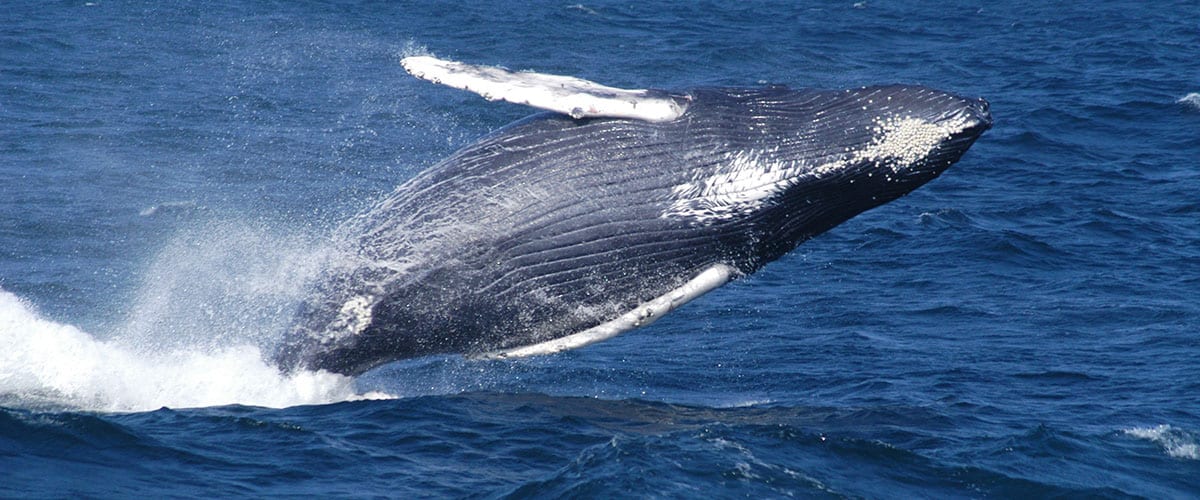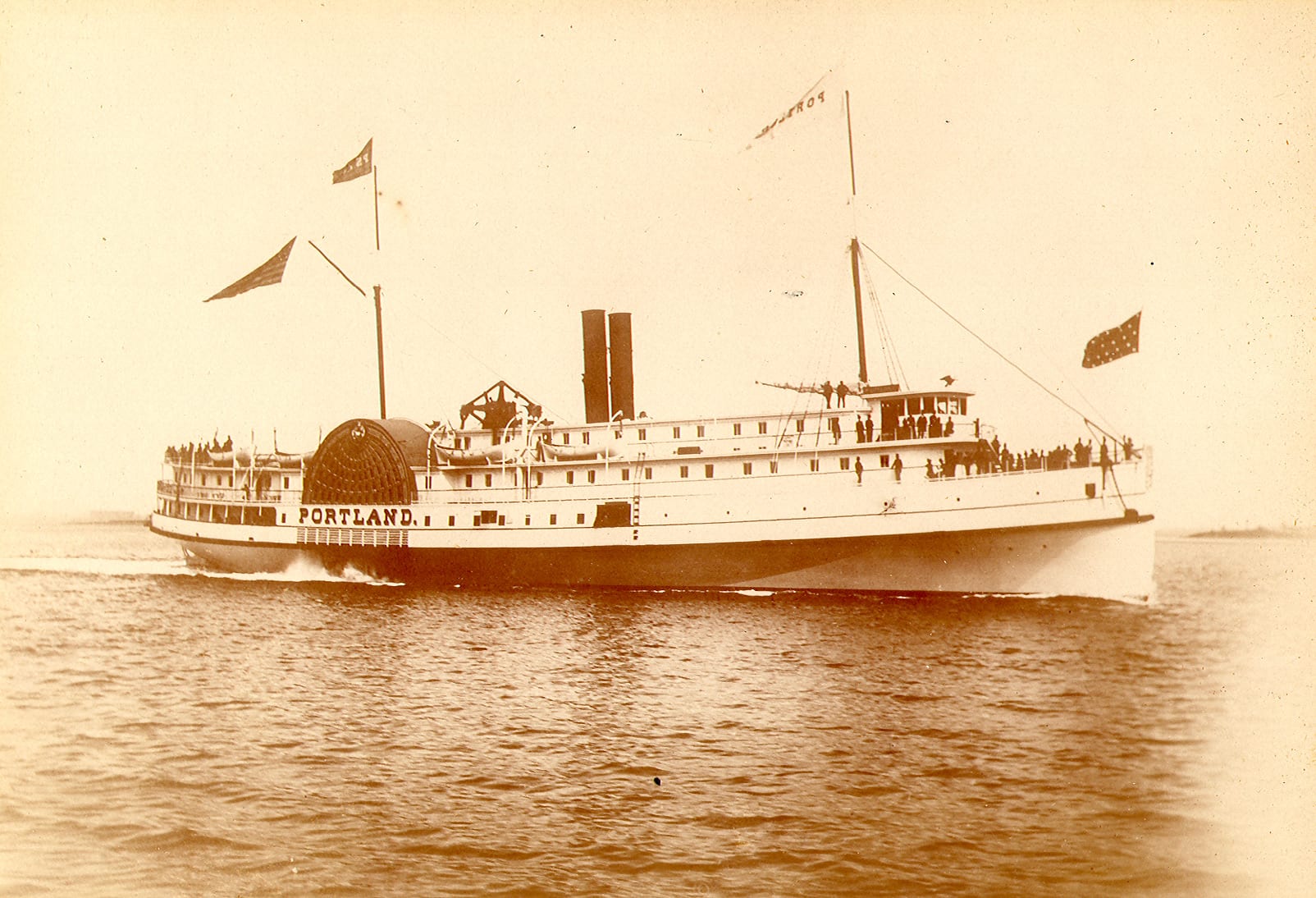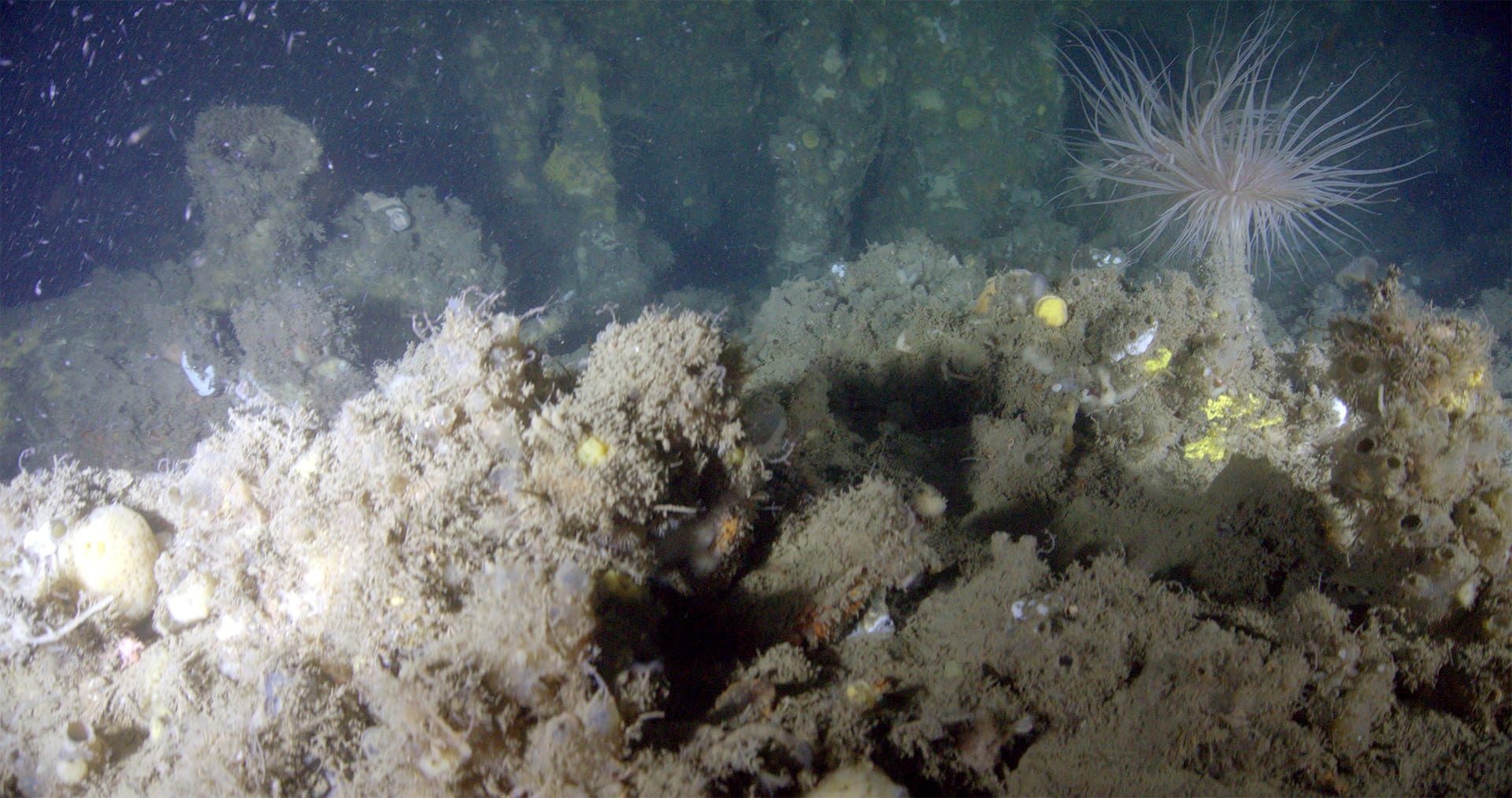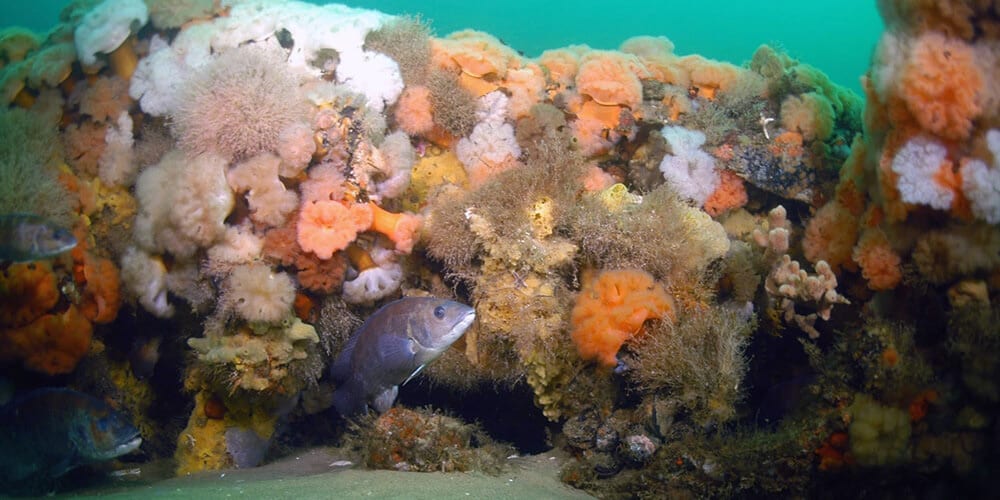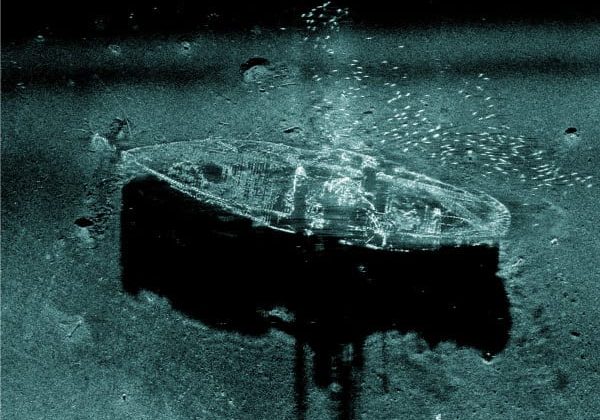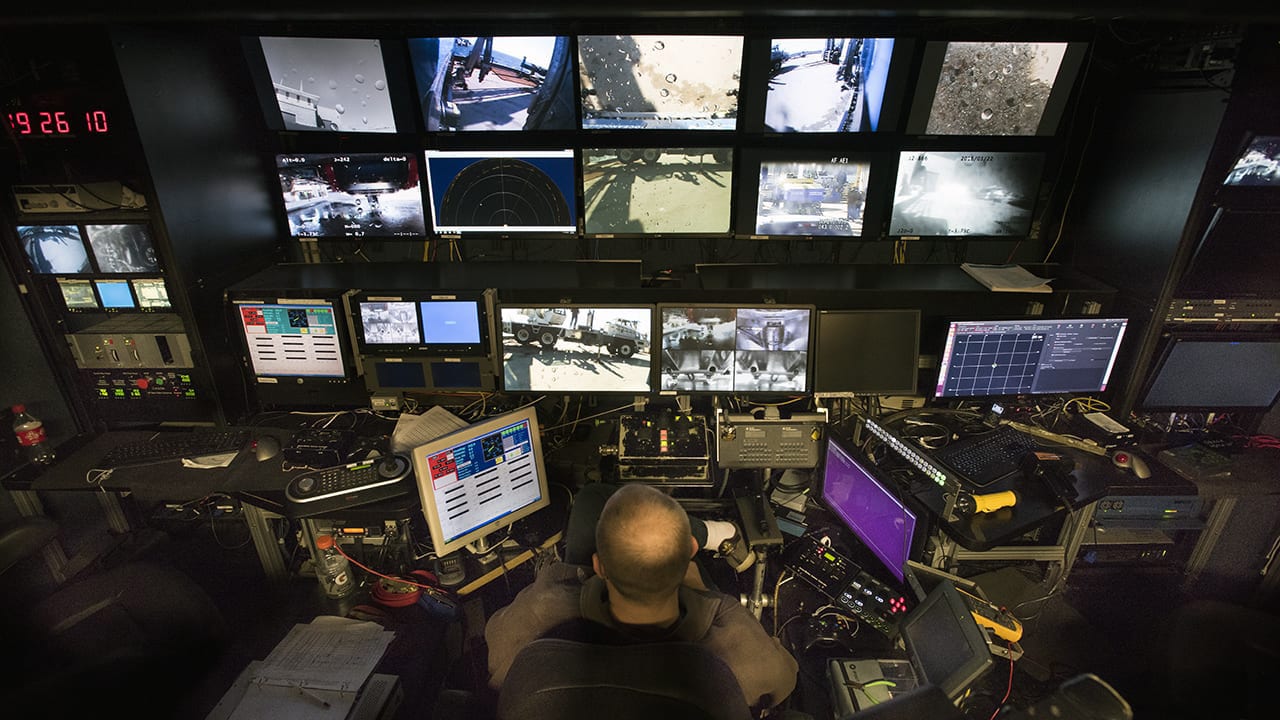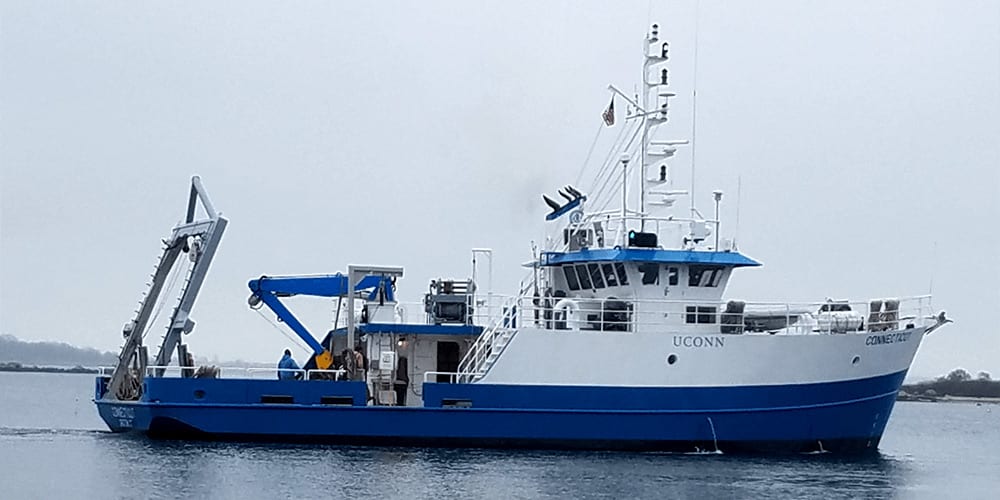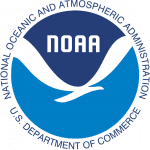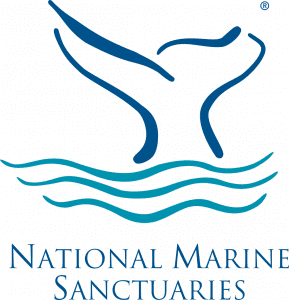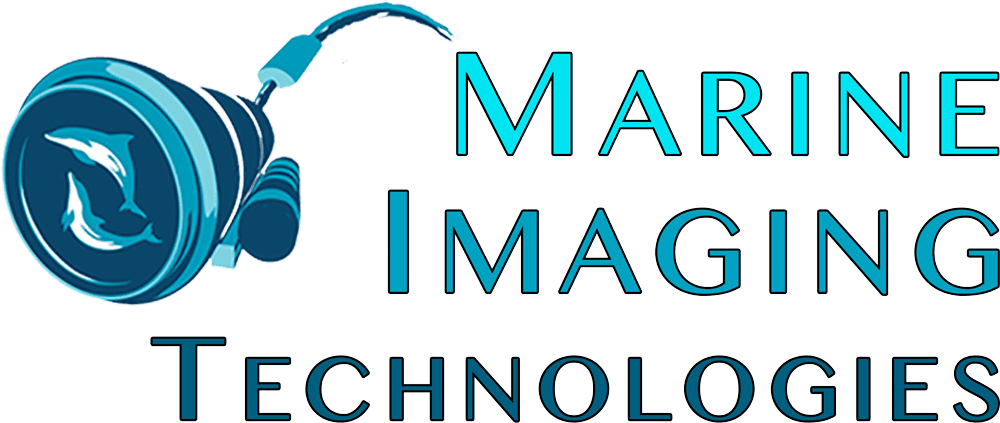Introduction
In summer 2019 WHOI and NOAA's Office of National Marine Sanctuaries and Marine Imaging Technologies embarked on a three-year project to explore the undersea life and maritime heritage of Stellwagen Bank National Marine Sanctuary. They hosted live ship-to-shore broadcasts to give students and the public a rare behind-the-scenes look at an oceanographic research expedition in action, as well as a close-up view of one of the region’s defining natural features.
Learn more about the wreck of the Portland
Stellwagen Bank is an underwater plateau off the coast of Boston, laid down after the last Ice Age, that has defined human activity in New England for hundreds of years, and life in the ocean there for millennia. Cold, nutrient-rich water rises up the side of the bank and mixes with warm water at the surface to create a biological hotspot—and one of the most productive fishing and feeding grounds in the world.
For hundreds of years, these fisheries and the abundant seafloor life that support them helped shape the early maritime history of the region. Today, it is known as one of the best places in the world to see whales, including the critically endangered North Atlantic right whale, as well as a top destination for recreational fishing.
The shallow waters of the bank also create treacherous conditions that change unexpectedly and have led to numerous shipwrecks that dot the seafloor. One of these is the wreck of the steamship Portland, sometimes known as the “Titanic of New England,” which sank in an infamous gale of November 1898 named after the ship.
Since NOAA confirmed the location of the wreck of the Portland in 2002, it has become a link to the nation’s shared maritime heritage as well as a testament to the region’s biological productivity. The expedition to return to the wreck will explore both aspects of the wreck’s importance and will help document changes that have occurred since its discovery and will hopefully provide greater insight into why the ship sank.
Principal Team Members
Principal Team Members
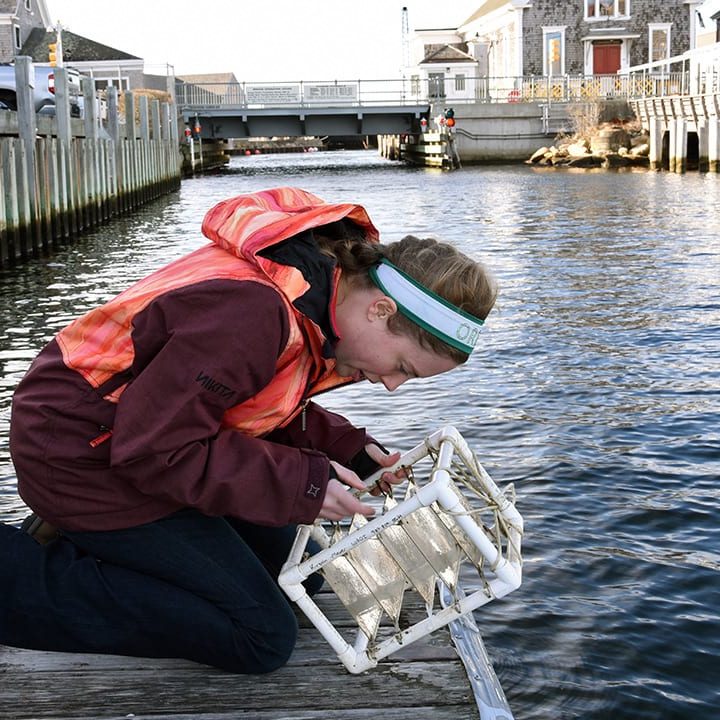
WHOI’s Kirstin Meyer-Kaiser will be the chief scientist on the expedition and will be studying the ecological communities on the wrecks, as well as the differences between species found on wrecks and those found elsewhere on the seafloor.
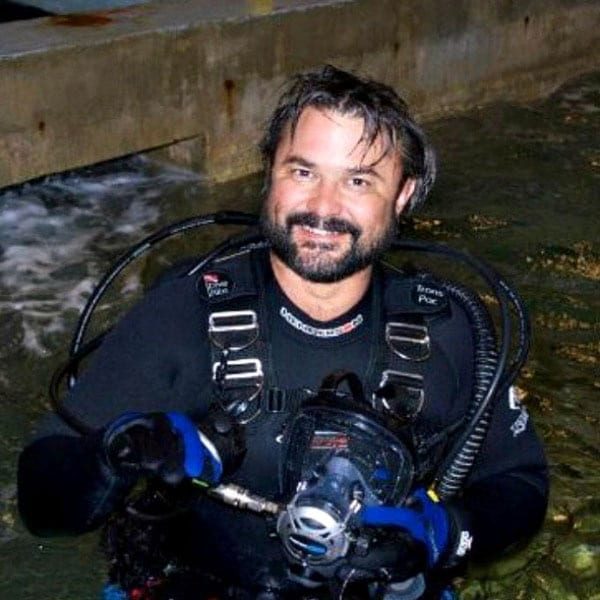
Calvin Mires, a WHOI research associate, professor at Bridgewater State University and co-founder of the Seafaring Education and Maritime Archaeological Heritage Program, will serve as the team’s lead maritime archaeologist and will be directing surveys of the wrecks.
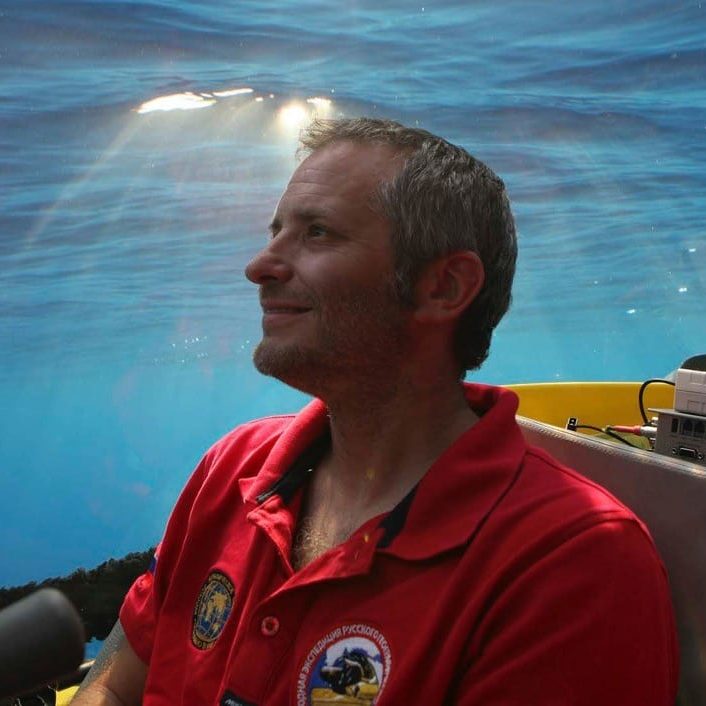
Founder and CEO of Marine Imaging Technologies Evan Kovacs will work with the ROV team to collect imagery, samples, and photogrammetric data of the wrecks.
Biology
In addition to providing a window into the past, the shipwrecks of Stellwagen Bank are home to a remarkable range and number of marine species that makeup the region’s rich underwater world. The primary scientific research goal for this mission is to document both the diversity and abundance of species that live on and around these wrecks. Scientists will then compare what lives on each of the shipwrecks to what inhabits natural hard-bottom ecosystems nearby. In addition, they will compare changes to the shipwreck ecosystems that have occurred over time and evaluate some of the forces behind those changes.
Archaeology
The primary archaeological goal of the three-year project is to assess the current state of several of the more than 200 wrecks in the sanctuary. Target wrecks include the steamship Portland and the coal schooners Frank A. Palmer and Louise B. Crary, both of which are listed on the National Register of Historic Places. These surveys will help maritime historians better understand the last moments aboard each ship before it sank, as well as the factors contributing to their gradual change over time.
Outreach
A live feed throughout the three-day expedition via the Inner Space Center at the University of Rhode Island and afternoon presentations by the team on the ship will give visitors a rare look at life on and around the wreck site of the Portland and other shipwrecks of the sanctuary. Live, two-way interactions with classrooms around the country will give students the opportunity to interact directly with members of the expedition and to learn about the unique relationship between the human and natural world of Stellwagen Bank sanctuary.
Technology
Researchers will employ a variety of innovative marine technologies during the expedition. Pixel, a cinema-class remotely operated vehicle (ROV) and the ROV Rover will record stunning ultra-high resolution imagery and will bring samples from the seafloor back to the surface. The team will also assemble three-dimensional photogrammetric models to measure and assess the condition of the wrecks, and will record 360° video to create virtual underwater tours of these unique and historic sites.
R/V Connecticut
The research vessel Connecticut is a 90-foot ship owned and operated by the University of Connecticut that will serve as the base of operations during the fall 2019 field season of the project.
Educational Activities for Students and Teachers
- Background reading on Larval Dispersal
- Critical Thinking Exercises
- Shipwreck Detective Activity
- Frame Grab Analysis Activity (.zip)
Related Sites
In the News
- Audience in Portland watches as researchers stream remote exploration of SS Portland wreck
Portland Press Herald, 9/18/2019 - Interactive, Virtual Project Under Way to Explore Shipwrecks
US News & World Report (via Associated Press), 9/17/2019 - Exploring the wreck of the steamship Portland, ‘the Titanic of New England’
Boston Globe, 9/16/2019 - New mission will explore wreck of the SS Portland, and you’ll be able to watch
Portland Press-Herald, 9/14/2019
A-Z Listing of Topics
- Ocean & Human Lives
- Ocean Acidification
- Ocean Alkalinity
- Ocean Chemistry
- Ocean Circulation
- Ocean Culture & History
- Ocean Life
- Ocean Modeling
- Ocean Observatories
- Ocean Plants
- Ocean Tech
- Ocean Trenches
- Ocean Warming
- Ocean Zones
- Ocean-Atmosphere Connection
- Ocean-Based Climate Solutions
- Offshore Wind
- Oil Spills
- Oxygen Dead Zones
- Ocean & Human Lives
- Ocean Acidification
- Ocean Alkalinity
- Ocean Chemistry
- Ocean Circulation
- Ocean Culture & History
- Ocean Life
- Ocean Modeling
- Ocean Observatories
- Ocean Plants
- Ocean Tech
- Ocean Trenches
- Ocean Warming
- Ocean Zones
- Ocean-Atmosphere Connection
- Ocean-Based Climate Solutions
- Offshore Wind
- Oil Spills
- Oxygen Dead Zones
- Ocean & Human Lives
- Ocean Acidification
- Ocean Alkalinity
- Ocean Chemistry
- Ocean Circulation
- Ocean Culture & History
- Ocean Life
- Ocean Modeling
- Ocean Observatories
- Ocean Plants
- Ocean Tech
- Ocean Trenches
- Ocean Warming
- Ocean Zones
- Ocean-Atmosphere Connection
- Ocean-Based Climate Solutions
- Offshore Wind
- Oil Spills
- Oxygen Dead Zones
